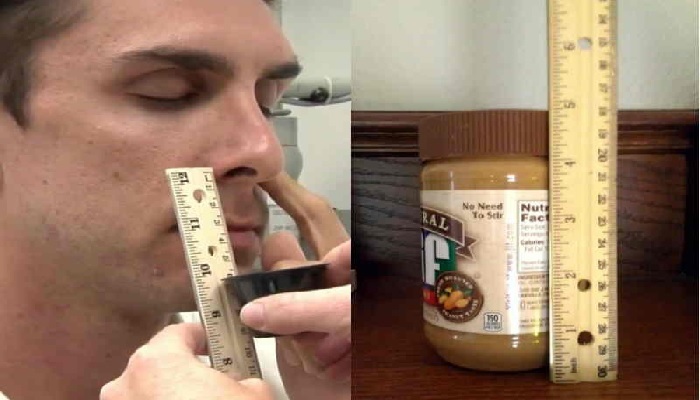
If you go to your pantry and you take a jar of peanut butter, but you can’t seem to smell the food paste, do not blame your nostrils.
As per new research, the culprit behind your inability to sniff the aroma of peanut butter is because you may have Alzheimer’s disease. For most people, this may sound bizarre, however scientists have proven this is a new and promising way to detect the brain disorder early and cheaply.
The connection between Cognitive Decline and your sense of smell
Researchers conducted a study at the University of Florida in which more than 90 people participated. They were all asked whether or not they could smell peanut butter at a certain distance from their noses. There were participants in the study who already had Alzheimer’s at its early stage, while others have some other types of dementia. Other people who were involved in the study had no neurological or cognitive issues.
When the results came back, only those who had been confirmed with early stage of Alzheimer’s were not able to smell the peanut butter. It was also observed that those who had trouble sniffing the paste had a harder time smelling using their left nostril.
The researchers made use of a peanut butter and a ruler to determine whether or not the participants could smell the food paste. In general, those who had Alzheimer’s could smell the peanut butter at about 10 cms away, in comparison to their left nostril. The researchers noted the difference in the ability to smell between the two nostrils and they concluded it is part of the disease. After all, sense of smell is the first to be affected when someone experiences cognitive decline. It is even ahead of losing memory, which is why the researchers all agree that the peanut butter sniffing test is an effective tool, not only in diagnosing Alzheimer’s but also in fighting against it.
Could this be the future of Alzheimer’s diagnosis?
Some experts argue that a simple sniffing test cannot be enough to diagnose something as complicated as Alzheimer’s. However, the researchers are hopeful about the effectiveness of the test, particularly in the coming years. Although it can only be used to confirm whether or not a person indeed has Alzheimer’s, it is possible for it to lead to a way of predicting if a person could have the disease in the future.

Post Your Comments